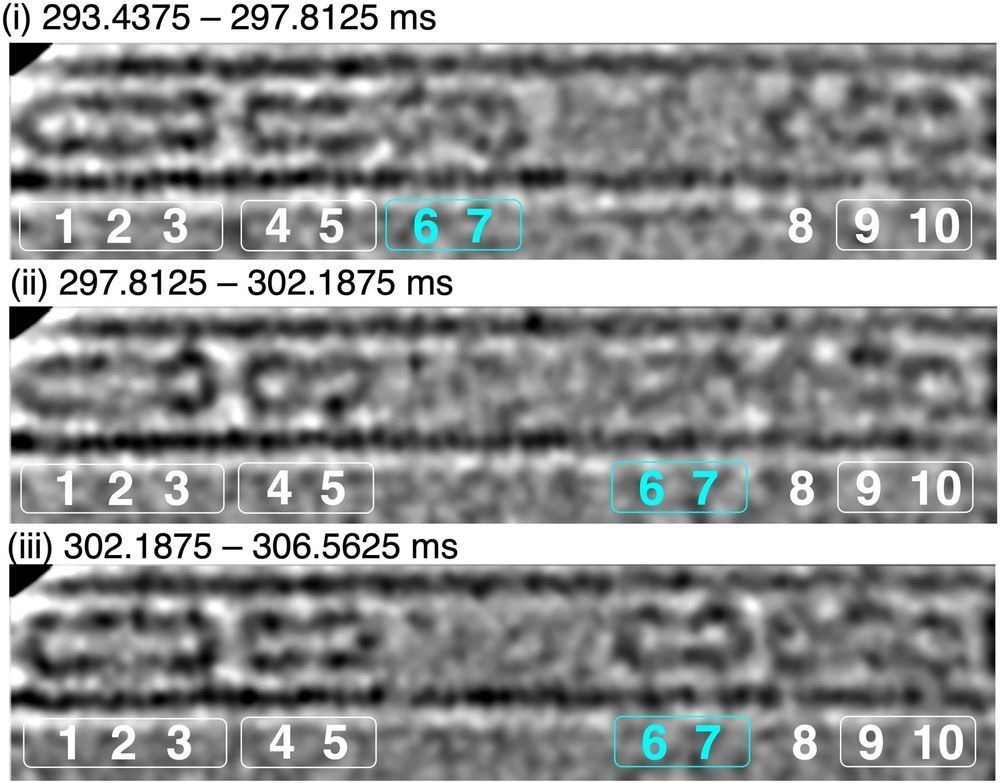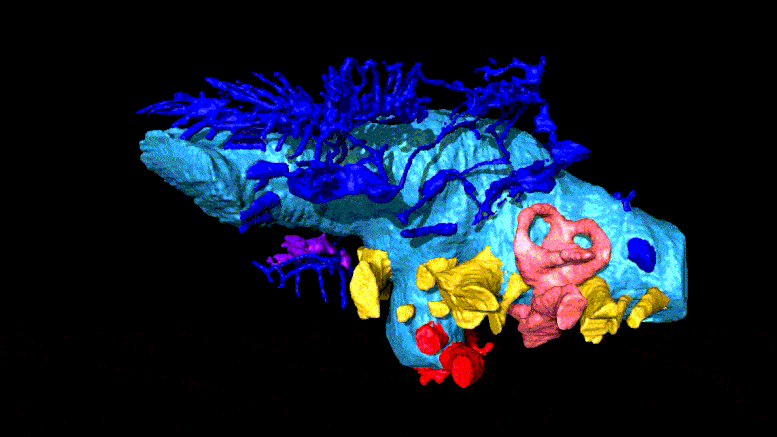Jun 5, 2020
High-Speed Atomic Video: Single Molecules Captured at a Staggering 1,600 Frames per Second
Posted by Quinn Sena in categories: entertainment, nanotechnology
A team including researchers from the Department of Chemistry at the University of Tokyo has successfully captured video of single molecules in motion at 1,600 frames per second. This is 100 times faster than previous experiments of this nature. They accomplished this by combining a powerful electron microscope with a highly sensitive camera and advanced image processing. This method could aid many areas of nanoscale research.
When it comes to film and video, the number of images captured or displayed every second is known as the frames per second or fps. If video is captured at high fps but displayed at lower fps, the effect is a smooth slowing down of motion which allows you to perceive otherwise inaccessible details. For reference, films shown at cinemas have usually been displayed at 24 frames per second for well over 100 years. In the last decade or so, special microscopes and cameras have allowed researchers to capture atomic-scale events at about 16 fps. But a new technique has increased this to a staggering 1,600 fps.


















